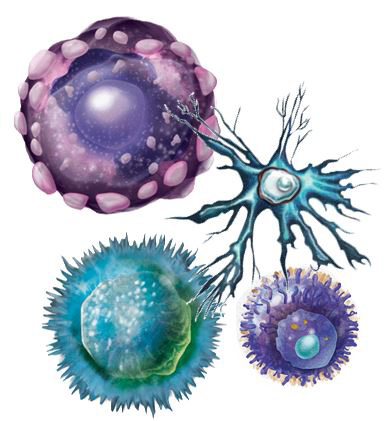Metabolite characterization can be a lengthy process making your in vitro drug testing time consuming and expensive. Whether you are working on phase I or phase II metabolic enzymatic reactions, take a look at these BMO kits which can help you speed up this characterisation process.
 The Phase I BMO metabolism kits take you through 3 simple steps:
The Phase I BMO metabolism kits take you through 3 simple steps:
- Perform the primary screen and select the desired metabolite wells (XTHCK1001-01)
- Perform the optimization and identify the best production conditions
- Scale-up and isolate the metabolite
 The BMO kit mimics the suite of cytochrome P450 enzymes (CYP) present in human hepatocytes, offering you a unique synthetic chemical liver. This chemical liver offers the advantage of scalability of chemistry. When a reaction condition is identified (in step 1), it is optimized and scaled up to produce mg quantities of metabolites. BMO Kits are suitable for the preparation of metabolites for both MS/MS and NMR.
The BMO kit mimics the suite of cytochrome P450 enzymes (CYP) present in human hepatocytes, offering you a unique synthetic chemical liver. This chemical liver offers the advantage of scalability of chemistry. When a reaction condition is identified (in step 1), it is optimized and scaled up to produce mg quantities of metabolites. BMO Kits are suitable for the preparation of metabolites for both MS/MS and NMR.
If you are looking at phase II reactions, the O-Glucuronidation kit allows identification of reaction conditions that produce the glucuronide from a drug compound. The process is in 2 steps:
- Coupling with the glucuronidation reagent
- De-protection with the NaOH/MeOH solution
Like the phase I kits, the kit eliminates costly synthetic chemistries and produce O-Glucuronides in a few days. You rapidly & inexpensively screen reactions leading to metabolite and produce O-Glucuronide in milligram quantities. The implementation is easy within your existing workflow.
To give you a bit more details on some technical aspects of the kit, it uses 4 different salts (Ag2CO3, Ag2O, Cs2CO3 and Na2CO3) with 2 different solvents and 8 reaction conditions, as well as 2 reactions using BF3. The first step is performed at 25°C overnight except for BF3 conditions which are performed at 0°C. Because the reactivity of the substrate may vary, different reaction times and temperatures may be explored. Also, it’s a good idea to analyze the reaction mixture after the first step, in order to identify the reaction conditions that form the most protected glucuronide product. The second step consists of de-protecting the intermediate using NaOH/MeOH solution or LiOH/MeOH solution. The optimum quantity needed for the protection may vary due to the functional groups present on the substrate as well as the stability of the final product.
With the Glucuronidation Screening Kit (HCK1002-01-00X), you can perform the primary screen and select the desired metabolite wells. The corresponding Optimization kit is designed to identify the best production conditions. Scale up is performed with the Production Kit. The kit includes all solvents and reagents for your metabolite at 12.5 μmol scale or more.
Interested? Leave a comment below if you’d like to receive more details on the protocol, or for any advice on how to choose your kit – I’ll be happy to reply!

Interested in learning more about tools like this?
Subscribe to thematic newsletters on your favourite research topics.



